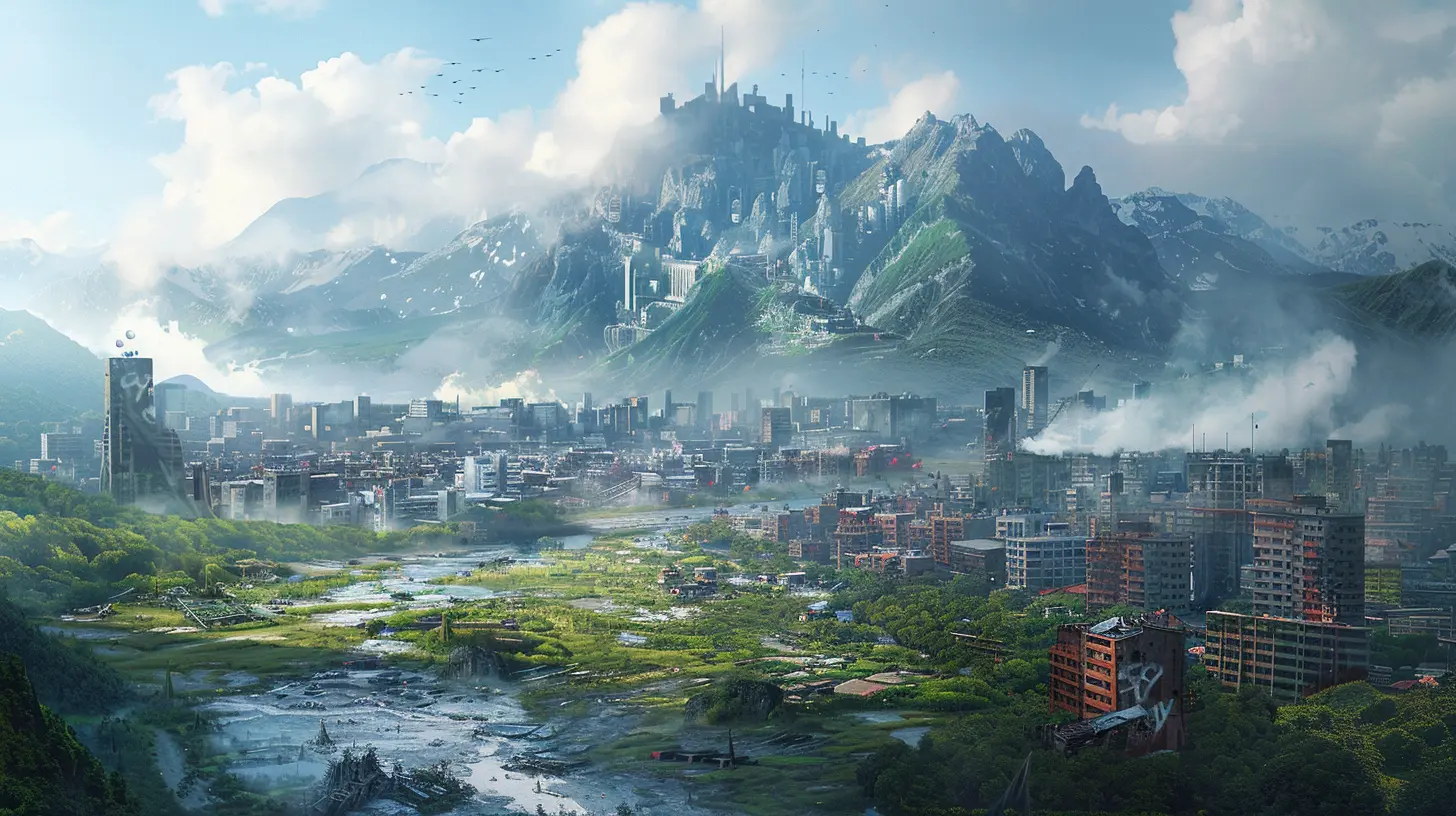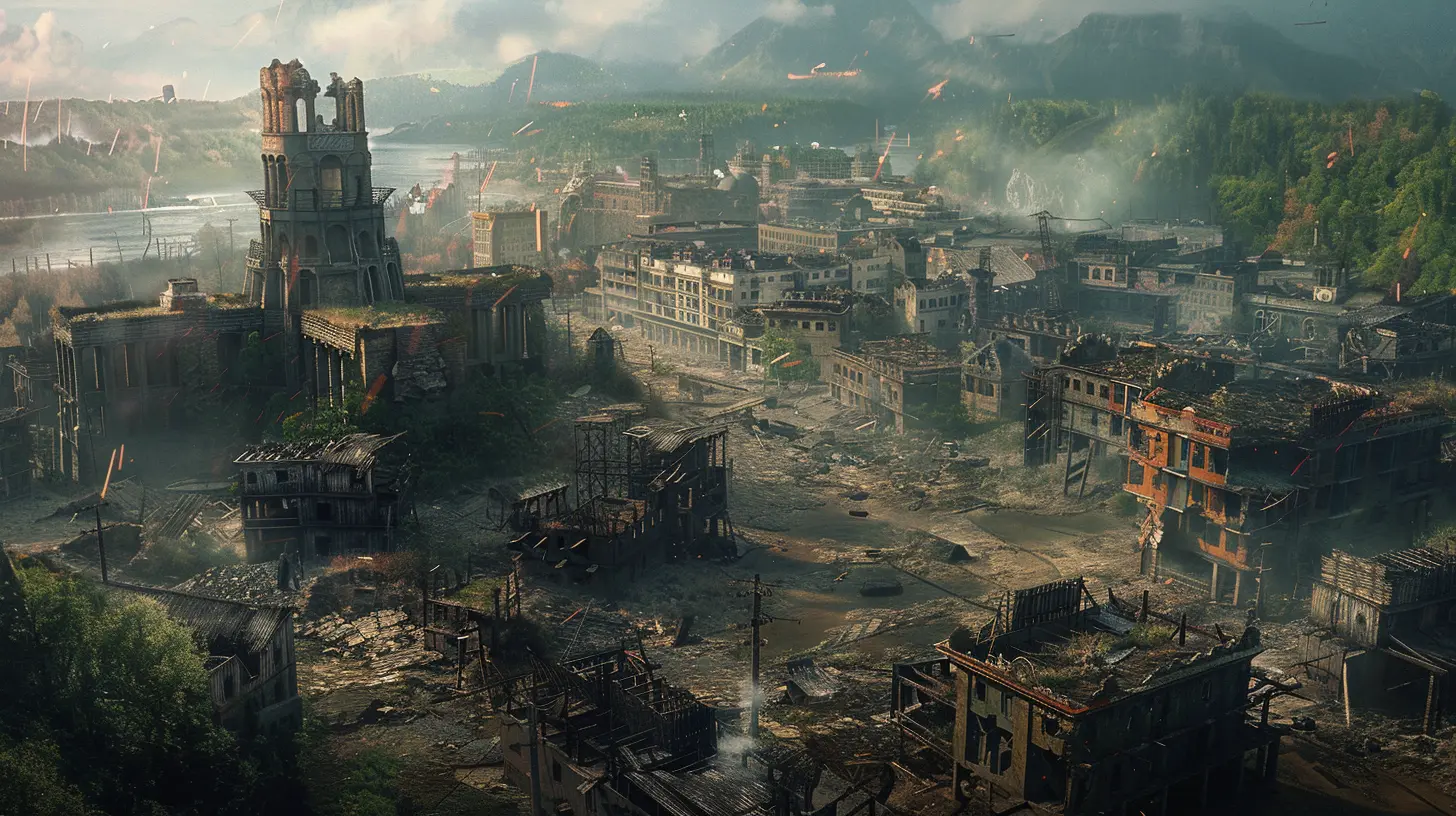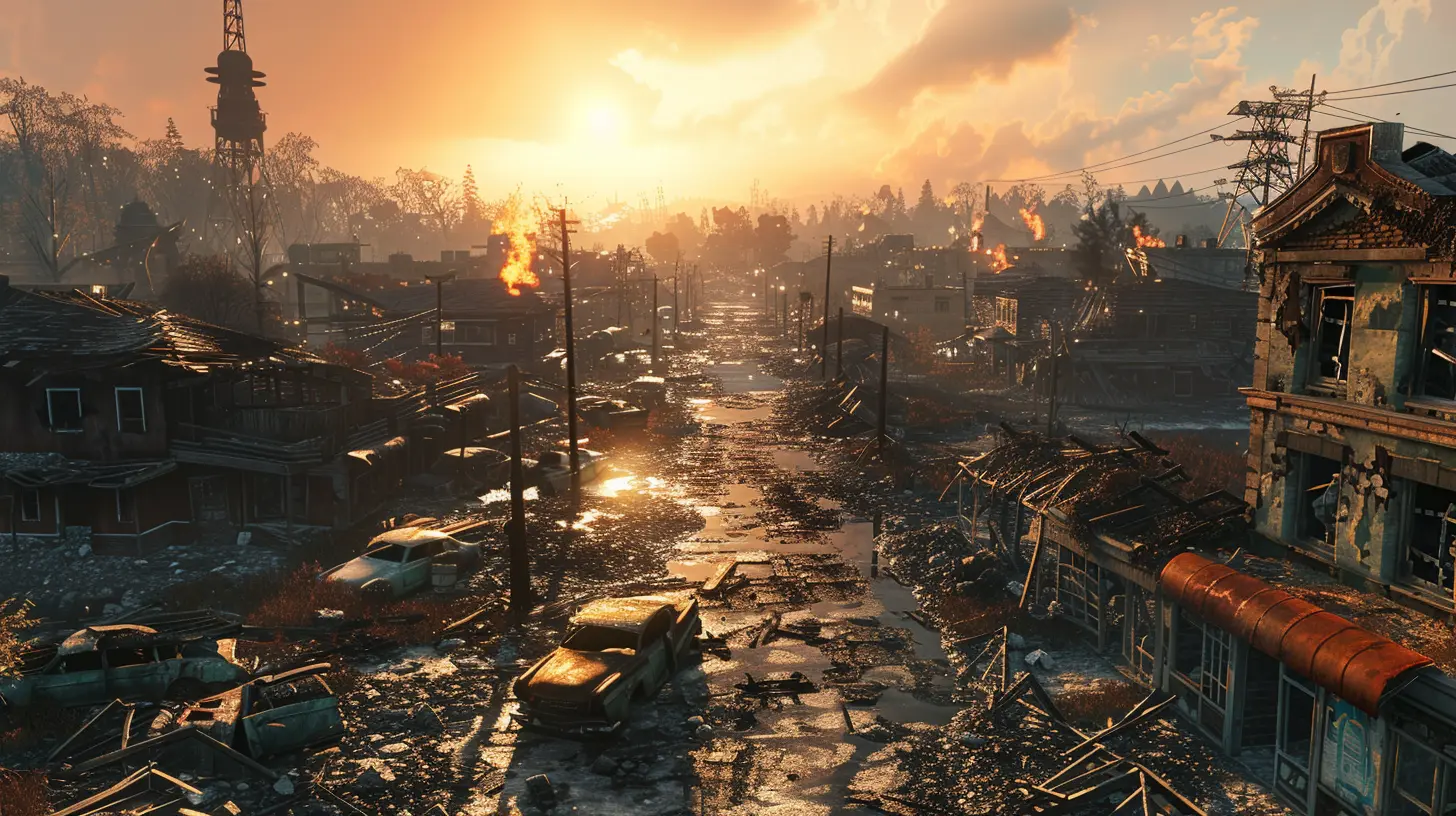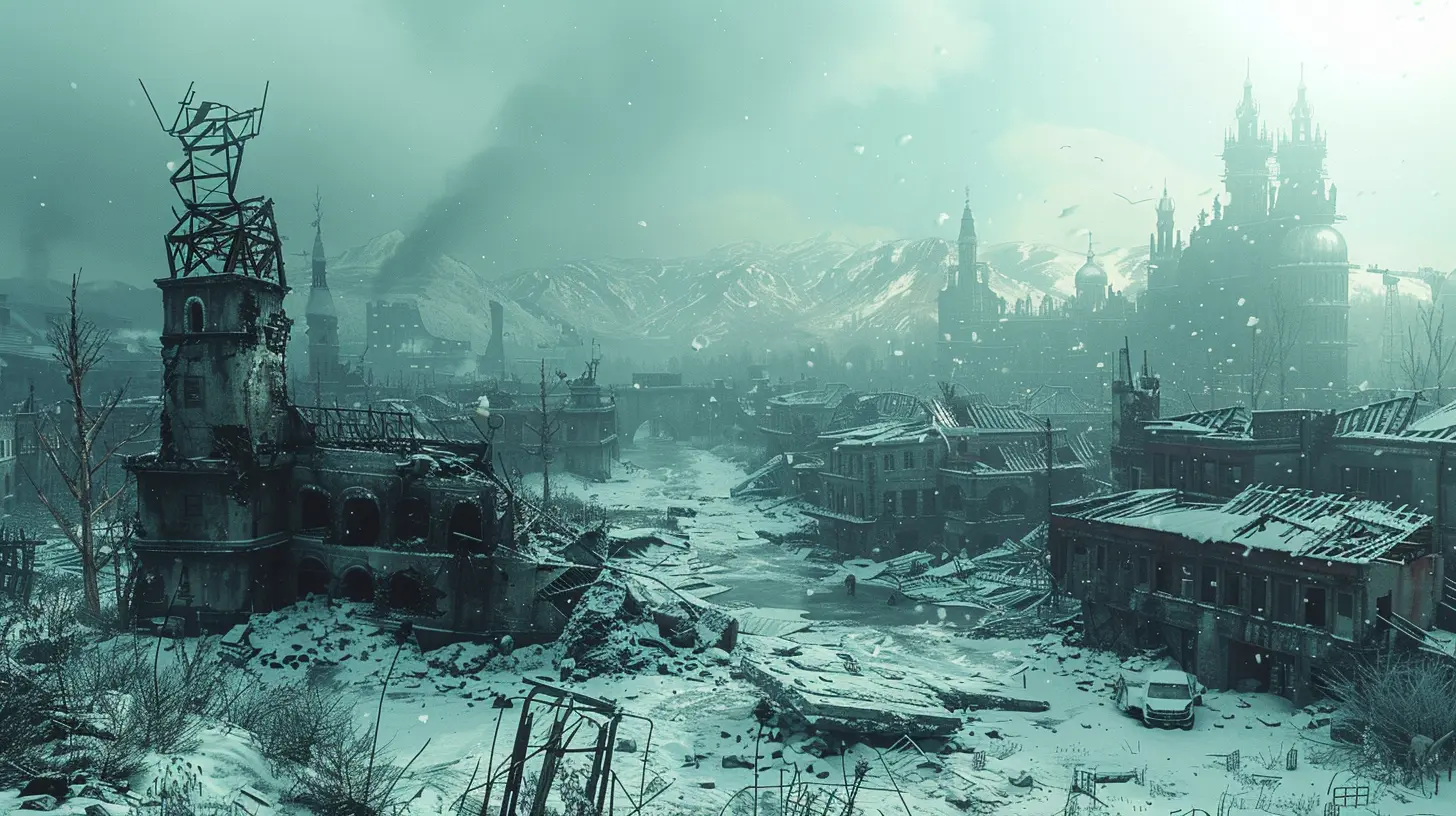The Biggest Patch Disasters and Their Aftermath
17 August 2025
Ever downloaded a game patch and suddenly wished you could turn back time? We’ve all been there. One day you're cruising through your favorite game, and the next, everything feels off. Bugs crawl out of hiding, balance goes out the window, and performance? Say goodbye to that silky-smooth gameplay.
In the world of gaming, patches are meant to fix problems. But sometimes, those very patches break more than they mend. So buckle up, grab a snack, and let’s dive into some of the biggest patch disasters in gaming history—and the chaos they left behind.
What’s the Deal with Game Patches?
Before jumping into the messiest of the mess, let’s get a quick refresher.Patches are updates developers release to fix bugs, rebalance gameplay, add content, or improve performance. Most of the time, they’re a godsend. But occasionally, things go hilariously (or horrifically) wrong. Think of it like calling a mechanic to fix your brakes and ending up with a car that honks every time you turn left.
Patch Disasters: When Updates Go Nuclear
Let’s walk through some legendary patch fails that left gamers scratching their heads and developers scrambling.1. Cyberpunk 2077 – The “Fix It, Break It, Repeat” Cycle
It’s impossible to talk about patch disasters without mentioning the poster child: Cyberpunk 2077.After launching in 2020 with bugs galore, CD Projekt Red released a series of patches aiming to clean up Night City. Each patch promised stability, better performance, and fewer glitches. Some did help—but others? Yikes.
One patch fixed crashes… but introduced a bug where enemies just stood still. Another brought improved graphics… and broke save files. Entire questlines randomly disappeared. Players were caught in a loop of hope and heartbreak.
The Aftermath?
CD Projekt Red kept at it, and to their credit, things are much better now. But that first year? Rougher than a sandpaper pillow fight.
2. Skyrim – Patch 1.2 and the Flying Dragons
Bethesda’s Skyrim is already known for its wild glitches, but Patch 1.2 took things to a whole new realm of ridiculous.The update was supposed to squash some bugs, but instead, dragons began flying backward. Yup, instead of gliding majestically through the sky, they started moonwalking above your head. Magic resistance also mysteriously vanished, making mages way too powerful.
The Aftermath?
Unlike the dragons, Bethesda quickly moved forward with a hotfix. But for a few golden days, the fantasy world of Skyrim became unintentionally hilarious.
3. Diablo III – The Auction House Trainwreck
Blizzard’s attempt to make gold farming more "civilized" ended in chaos. Diablo III launched with an in-game Auction House where players could buy and sell gear using real money.Then came the infamous patch that made certain items drop more frequently. What’s the problem? Oh, just the fact that the gear economy imploded overnight. Prices flattened, players got rich quick, and the real-money aspect turned exploitative. It became less about demon hunting and more about spreadsheeting.
The Aftermath?
Blizzard eventually admitted their mistake and shut the Auction House down. But the economic mess lingered long after the servers were cleaned up.
4. No Man’s Sky – Hello, Bugs. Goodbye, Progress.
When No Man’s Sky launched, it didn’t exactly meet expectations. But credit where it's due—the devs stuck with it.Yet among the many patches released, a few caused major problems. One update wiped out entire player saves. Another made terrain generation unpredictable, which meant many bases were suddenly floating, buried, or just gone.
Imagine spending 40+ hours building a space base, only to find it swallowed by a mountain. Ouch.
The Aftermath?
Hello Games took responsibility, rolled out hotfixes, and earned back goodwill over time. But those buggy patches are still a sore spot for early explorers.
5. World of Warcraft – The Corrupted Blood Incident
Okay, technically not a patch, but still a legendary blunder caused by a game mechanic gone wrong.In 2005, Blizzard introduced a new raid with a debuff called "Corrupted Blood." It was supposed to stay confined to the dungeon. Spoiler: It didn’t. A bug allowed players' pets to carry the debuff into the wider game world. Suddenly cities were overrun, NPCs were dropping like flies, and the virtual plague was spreading like wildfire.
It got so bad, some players tried to quarantine areas and act as healers. Others just ran around spreading the disease like gleeful chaos monsters.
The Aftermath?
Blizzard eventually reset the servers to fix it. But it became so infamous, that real-world scientists actually studied it as a model for real pandemics. No joke.
6. SimCity (2013) – Always Online, Always a Problem
SimCity’s reboot looked great—until you tried to play it. EA made the bold move to require an always-online connection, even for solo play.Then came a patch aimed at improving server stability. Instead? It made the game even less stable. Players couldn’t log in, cities wouldn’t save, and the whole “simulation” aspect started falling apart. Traffic AI literally drove in circles.
The Aftermath?
EA eventually removed the always-online requirement, but by that time, players had already built trust elsewhere (like Cities: Skylines). That patch became a cautionary tale in over-promising and under-delivering.
7. Destiny 2 – XP Shenanigans and Player Backlash
Bungie got caught in hot water when players noticed that XP gains were behaving oddly. Turns out, the game was silently throttling XP based on how quickly you earned it.When the developers got called out, they rolled out a patch to make the system transparent. Instead, it lowered XP gains overall, angering pretty much everyone. It felt like being taxed for playing too much.
The Aftermath?
Massive community backlash. Bungie reversed course and rebalanced the XP system again. Transparency became a big focus moving forward.
8. Fallout 76 – The Patch That Ate Performance and Inventory
Fallout 76 is no stranger to controversy, but one particular patch did more harm than good.It was supposed to fix item duplication exploits. Unfortunately, it also nuked legitimate inventory items from some players. As if that wasn’t enough, the patch tanked game performance and triggered crashes. Players joked that it was more radioactive than a trip to Chernobyl.
The Aftermath?
Bethesda went into damage control mode. Hotfixes rolled out quickly, but trust was already frayed. The game improved, but the scars of that patch lingered.
Why Do These Patches Fail?
Great question. Here's the deal—game development is crazy complex. Sometimes, a fix for one thing unintentionally breaks another. It’s like trying to fix a leaky faucet only to flood your entire kitchen.Here are a few culprits behind catastrophic patches:
- Insufficient testing: Rushed patches often skip deep QA testing.
- Complex game systems: One tweak can ripple across dozens of systems.
- Overambition: Trying to fix too much at once leads to chaos.
- Lack of transparency: Players get angry when they're kept in the dark.
- Online-only headaches: Server-side patches can backfire big time.
Silver Lining: Lessons Learned
Despite the setbacks, these disasters left valuable lessons in their wake. Developers and publishers have learned (some the hard way) how important it is to:- Test patches thoroughly
- Communicate clearly with players
- Own up to their mistakes
- Roll back changes when needed
- Involve the community in testing (hello, public test servers!)
And let’s be real—some of these disasters, while frustrating, have become part of gaming legend. We still laugh about moonwalking dragons and digital plagues. Painful at the time, but golden in hindsight.
What Can You Do as a Player?
Caught in a post-patch hellscape? Don’t rage quit just yet. Here are a few survival tips:- Don’t update automatically: Check forums before downloading a new patch.
- Back up your saves: Especially for single-player titles.
- Report bugs: Help devs help you.
- Stay informed: Follow patch notes and dev channels.
- Take a break: Sometimes, a little time off helps things settle.
Final Thoughts
In the grand theater of gaming, patches are the backstage crew quietly keeping the show running. But sometimes, they trip over a spotlight cord and set the curtain on fire.The biggest patch disasters remind us of the fragile magic behind our favorite titles. Sure, they can be annoying—or downright game-breaking—but they’re also a bizarrely entertaining part of gaming culture. And remember, every disaster is just one hotfix away from redemption. (Well… most of the time.)
Next time your game crashes after an update, just smile, shake your head, and remember: you're not alone in this chaos. We’ve all been there.
all images in this post were generated using AI tools
Category:
Game PatchesAuthor:

Aurora Sharpe
Discussion
rate this article
1 comments
Galina Alexander
Patch day: a date etched in gaming lore. From game-breaking glitches to unforeseen chaos, these digital upheavals reveal the thin line between innovation and disaster. As players bravely navigate the aftermath, whispers of hidden secrets and unintended consequences linger in the air. What mysteries await?
September 12, 2025 at 3:41 AM

Aurora Sharpe
Absolutely! Patch days are a wild ride, highlighting the risks and rewards of gaming innovation. Excited to explore the mysteries and chaos they bring!
